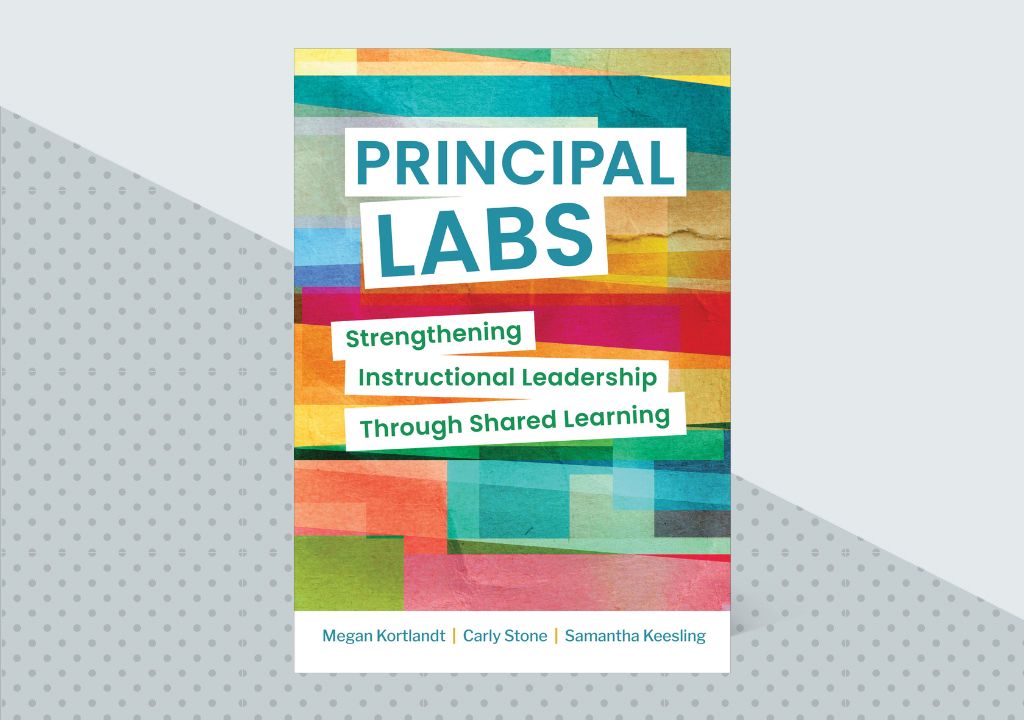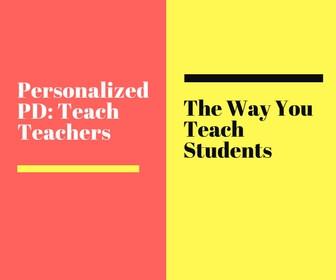It’s no secret that walkthroughs can be a powerful structure for continuous improvement. Regularly visiting classrooms can give instructional leaders like coaches, principals, and curriculum coordinators valuable information about how the instructional practices they support are being implemented in classrooms. This, in turn, can help instructional leaders better understand how they might need to continue or adjust those efforts moving forward.
While we know that walkthroughs, like all formative assessments, can be an effective tool for supporting instructional growth, the reality is that time constraints and an evaluative culture can lead to the practice feeling less like a supportive structure and more like teachers have just been graded on a summative test that they weren’t adequately prepared for. This performance culture is compounded when leaders are not regularly able to visit classrooms outside of formal evaluations. But because instructional leaders wear many more hats than their role titles let on, scheduling non-evaluative walkthroughs that are time-intensive can be difficult.
Time is not the only challenge with walkthroughs. Discussing your observations in a non-evaluative way can be a daunting task to facilitate. Many curriculum resources and frameworks provide tools to help leaders simplify the process, but even with rubrics or checklists, it is easy to focus on what’s missing rather than celebrating and building upon good work that is already underway. Because these tools often focus on teacher actions, leaders can have trouble recognizing their own role in this work, furthering a culture of evaluation rather than learning.
It is easy to focus on what’s missing rather than celebrating and building upon good work that is already underway.
Creating a culture of support that celebrates learning at all levels involves many factors. We have found that a common and simple protocol for discussing classroom observations is particularly helpful. It aids in developing replicable routines, allowing leaders to leverage momentum by building onto good work that is already happening.
The Leveraging Momentum Protocol Explained
Participants: Three or more people from a variety of instructional leadership roles: principals, coaches, teachers, central office administrators, etc. If the group is large, participants should split into smaller groups to see a wide range of classrooms.
Observations: Participants visit three to six classrooms for approximately 10 minutes each. Participants should visit classrooms that are already familiar with the walkthrough process and are receiving some level of instructional support related to it. Beyond that, classes should be chosen so participants can visit when instruction is happening related to that goal.
Materials: Sticky notepads in two colors, blank paper or a T-chart template for observing classrooms, a schedule of observations, and an instructional look-for tool or resource tied to the goal or area of focus.
Time: One or two hours, which can be a stand-alone session or part of a larger professional learning agenda. We recommend longer periods in this range for the first few times your team engages with this protocol, then shortening them later as appropriate.
Process:
1. Calibrate around instructional look-fors. Teachers and leaders need a document that supports implementation and communicates what the instructional practice looks like and sounds like. This part of the protocol gives participants time to ground themselves in what the document says, how they understand it, and how the support they’ve planned so far aligns to it. To do this, give participants time to read through the resource then discuss what they might see or hear in classrooms connected to each “look-for” on the document.
2. Use open-ended data collection. Though we calibrate around look-for tools, when we enter classrooms, we do not bring these tools in with us and instead take observation notes in an open-ended way. Participants may take notes of what they see and hear in the classroom, organized chronologically from start to finish or arranged in columns to separate teacher and student observations. When leaders use a rubric or checklist instead of taking open-ended notes, the focus is inevitably placed on what the teacher is or is not doing, and the leader is further separated from their role in improving student outcomes. Using a low-inference notetaking method allows participants to focus on what they are seeing and hearing in the classroom, which helps them better understand the depth of the instructional practice and how to support the moves that go into enacting it.
3. Independently record trends across classrooms. After the walkthrough observations, participants independently take time to make connections between what they saw and heard in the classrooms and their look-for tool. They record trends on two separate colors of sticky notes: One color for elements of look-fors that are being consistently implemented, and another color for those that present opportunities for continued support. Each trend that they notice goes on a separate sticky note.
This protocol fosters a culture of continuous improvement and collaboration.
4. Collaboratively discuss trends. Participants can then engage in a modified affinity grouping protocol by gathering around a table to share and observe trends.
One person shares a sticky note (any color) by reading it aloud and placing it in a shared space like a board or a table, but they do not comment on it.
Others who have a similar sticky note to the one that was shared add theirs and read it aloud without commenting. It doesn’t matter what color the sticky note is. This may mean that some groupings are single-color while others have mixed-color sticky notes.
Once all related stickies have been placed in a group, a facilitator invites trend conversations by asking questions like: What do you notice? Why might this be?
Continue the process with additional groupings.
Once all stickies have been shared, ask the team for observations on overall trends. Where are you noticing momentum? Based on these trends, what might be a next step for this team?
In one district team that we worked with, for example, a principal shared that “teacher questioning” was one of the look-fors that they observed consistently. Other principals, coaches, and teacher leaders agreed, adding additional sticky notes that said, “teacher to student discourse” and “student talk.” Another was added that indicated a look-for that needed continued support: “student to student talk.”
Once all related sticky notes were added to that group, we asked what they noticed and why this might be. The team discussed how, over the year, student talk had increased, and teachers were supporting students in explaining their thinking, but they still had work to do with how to support students questioning and talking to their peers. The group left with a next step that was clear and one that built onto their existing momentum.
Toward a Culture of Learning
Seeing sticky note groups emerge and discussing them as trends helps teams to move away from walkthrough observations as a high-stakes event and toward a culture of learning: one that studies instruction in a way that celebrates and builds upon the good work that is happening. Through the facilitation of this quick protocol, participants will walk away with a visual representation of next steps and a consensus around how to move the work forward. This protocol not only empowers instructional leaders, but also supports teachers and their students by fostering a culture of continuous improvement and collaboration.
Principal Labs
As a school principal, finding time for your own PD can be a challenge. Learn how to effectively use your time to connect with other principals, practice and develop feedback skills, and make informed decisions for instructional improvement.









